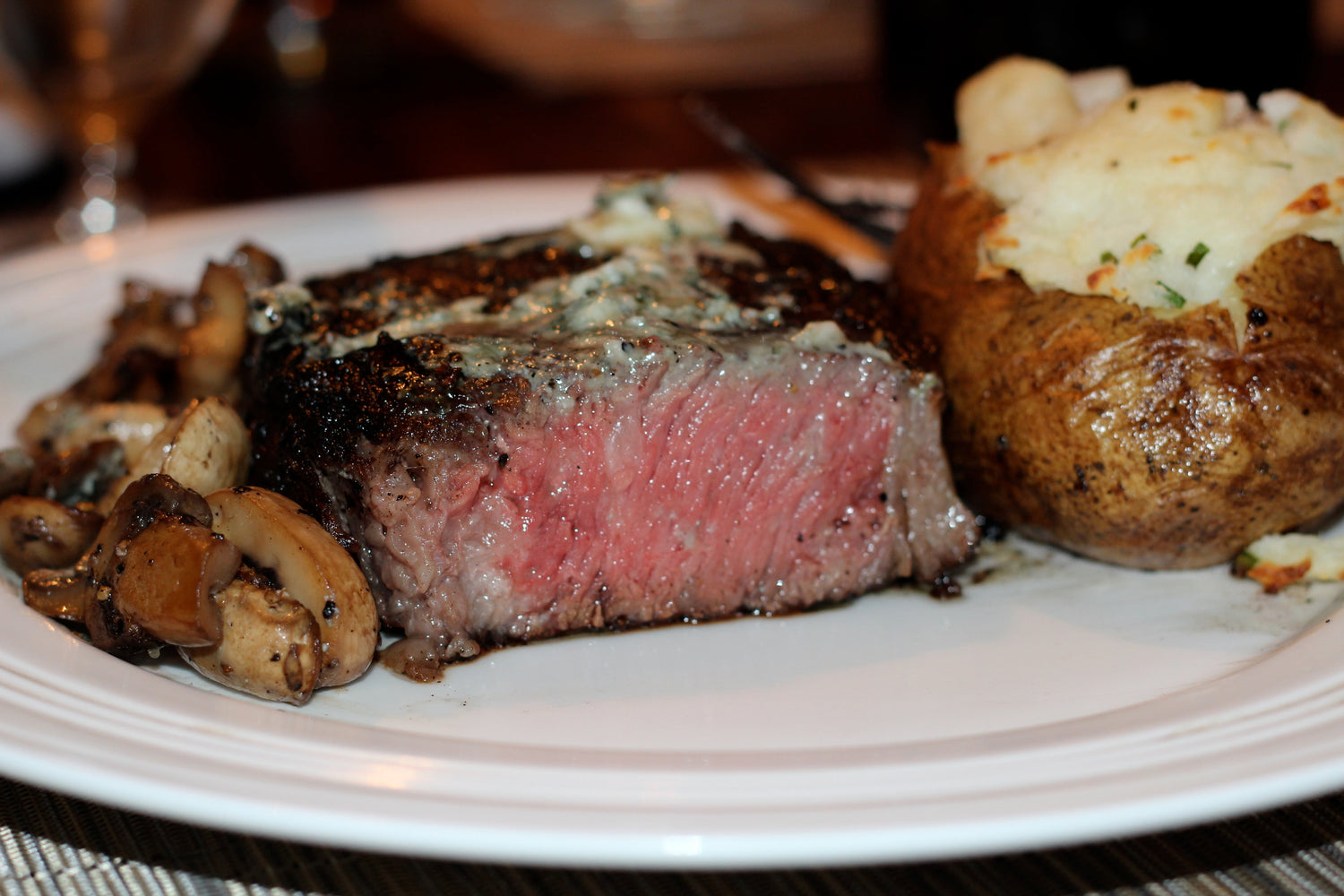UMAi Dry® dry-aging bags can be used to produce dry cured meats such as proscuitto, capicola, bresaola, pancetta, guanciale. UMAi Dry dry-aging bags provide an oxygen and moisture permeable membrane that covers the cured meat while it is maturing.
Traditional methods of producing dry cured meats require temperature and humidity controlled dry rooms that typically operate at 50-60F and 75-80% relative humidity. This temperature and humidity level is high enough to develop growth of pathogens. Therefore the product has to be monitored for the growth of pathogens on the surface of the meat.
A recent work on HAACP in dry cured meats production produced by a research center in Norway states: "The occurrence of toxigenic moulds usually prevails at the drying and ripening stages of production" (Asefa et al., 2010; Nunez, Rodriguez, Bermudez, Cordoba & Asensio, 1996). Hence the dry- ripening process was identified as an important critical point at which potential mycotoxigenic food safety hazards can emerge.*
The UMAi Dry dry aging bags adhere to the surface of the aging meat thereby preventing bacterial or mold growth on the surface of the meat.
Because UMAi Dry dry ageing bags are oxygen and moisture permeable, they are not vacuum packaging and do not allow the growth of high levels of anaerobic bacteria.
Additionally, UMAi Dry dry aging bags can be used to dry the cured meats at lower temperature and humidity levels than conventional open air methods. By drying at lower temperature and humidity levels, the development and growth of pathogens is being reduced or eliminated. The recommended temperature for drying in UMAi Dry is that of an industrial cold storage walk-in cooler 35-38F and 50-60% relative humidity.
The use of oxygen and moisture permeable UMAi Dry dry aging material has a positive impact on compliance with HAACP requirements for CP during the drying stage of the process.
* (A HACCP plan for mycotoxigenic hazards associated with dry-cured meat production processes Dereje T. Asefa a, Cathrine F. Kure b, Ragnhild O. Gjerde c, Solveig Langsrud b, Mohamed K. Omer d, Truls Nesbakken e, Ida Skaar a, * )



